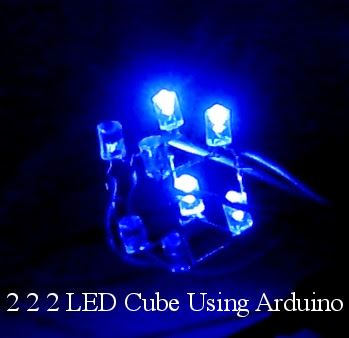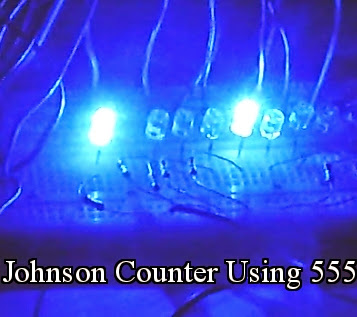We have already seen the Simple Tips for Efficient use of 78xx Linear Voltage Regulators and 79xx Series Three Terminal Voltage Regulators. In this blog, we will see the regulated dual power supply using 7805 and 7905. Regulated dual power supply is designed to create positive and negative voltages. Such voltages are normally used in op-amps.
A simple circuit to create regulated dual power supply is given below. A positive voltage regulator (7805) and a negative voltage regulator (7905) is used in this circuit. Seperate power supplies ( 9V Transistor battery ) are given to both regulators individually. Filter capacitors are normally connected across the input and output of regulators. Value of capacitance depends on the regulator. Two diodes, D1 and D2 should be connected for reverse bias protection of the regulators. Similarly another two diodes, D3 and D4 should be connected for output polarity reversal protection. Voltage at the output side of 7805 will be +5V and voltage at the output side of 7905 will be -5V. Common point of both ICs will be shorted and the voltage at this point will be 0V.
Voltage across the output of 7805 and common will be 5V. Similarly, voltage across the common and output of 7905 will be 5V. Voltage across the output of 7805 and 7905 will be 10V.
Pinout diagram of 7805 and 7905 is given below. In 7805 first pin is the input, second pin is the common and third pin is output. But in 7905, first pin is common, second pin is input and third pin is the output.
If the circuit is done successfully, check the
1. Voltage across output of 7805 and common - 5V
2. Voltage across common and output of 7905 - 5V
3. Voltage across output of 7805 and output of 7905 - 10V
A simple circuit to create regulated dual power supply is given below. A positive voltage regulator (7805) and a negative voltage regulator (7905) is used in this circuit. Seperate power supplies ( 9V Transistor battery ) are given to both regulators individually. Filter capacitors are normally connected across the input and output of regulators. Value of capacitance depends on the regulator. Two diodes, D1 and D2 should be connected for reverse bias protection of the regulators. Similarly another two diodes, D3 and D4 should be connected for output polarity reversal protection. Voltage at the output side of 7805 will be +5V and voltage at the output side of 7905 will be -5V. Common point of both ICs will be shorted and the voltage at this point will be 0V.
Voltage across the output of 7805 and common will be 5V. Similarly, voltage across the common and output of 7905 will be 5V. Voltage across the output of 7805 and 7905 will be 10V.
Pinout diagram of 7805 and 7905 is given below. In 7805 first pin is the input, second pin is the common and third pin is output. But in 7905, first pin is common, second pin is input and third pin is the output.
If the circuit is done successfully, check the
1. Voltage across output of 7805 and common - 5V
2. Voltage across common and output of 7905 - 5V
3. Voltage across output of 7805 and output of 7905 - 10V







0 comments: